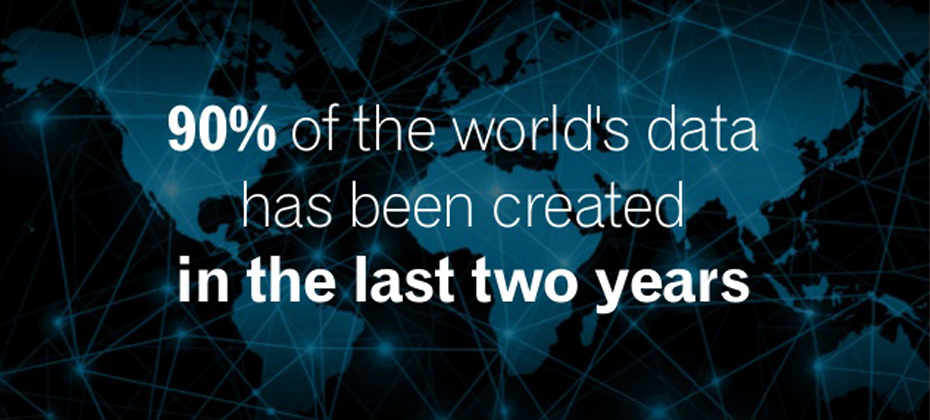At A Glance
It was popularised in the 1960s with the release of Letraset sheets containing Lorem Ipsum passages, and more recently with desktop publishing software like Aldus PageMaker including versions of Lorem Ipsum.Paragraph Block- is simply dummy text of the printing and typesetting industry. Lorem Ipsum has been the industry’s standard dummy text ever since the 1500s, when an unknown printer took a galley of type and scrambled it to make a type specimen book. It has survived not only five centuries, but also the leap into electronic typesetting, remaining essentially unchanged. It was popularised in the 1960s with the release of Letraset sheets containing Lorem Ipsum passages, and more recently with desktop publishing software like Aldus PageMaker including versions of Lorem Ipsum.


Heading 2
Heading 3
Heading 4
Heading 5
- This is a list
- Item 1
- Item 2
- Sub list
- Sub list 2
- Sub list 3
- More list
- More list 2
- More list 3
- More more
- More more
This is the pull quote block Lorem Ipsumis simply dummy text of the printing and typesetting industry. Lorem Ipsum has been the industry’s standard dummy text ever since the 1500s,
ExperianThis is the citation

This is the pull quote block Lorem Ipsumis simply dummy text of the printing and typesetting industry. Lorem Ipsum has been the industry’s standard dummy text ever since the 1500s,
ExperianThis is the citation
| Table element | Table element | Table element |
| my table | my table | my table |
| Table element | Table element | Table element |

Media Text Block
of the printing and typesetting industry. Lorem Ipsum has been the industry’s standard dummy text ever since the 1500s, when an unknown printer took a galley of type and scrambled it to make a type specimen book. It has survived not only five centuries, but also the leap into electronic typesetting, remaining essentially unchanged. It was popularised in the 1960s with the release of Letraset sheets containing Lorem Ipsum passages, and more recently with desktop publishing software like Aldus PageMaker including versions of Lorem Ipsum
My Small H5 Title


Financing my first car was a bittersweet feeling. I was thrilled at the thought of purchasing a new vehicle, yet I was dreading haggling the price with the dealer. As a millennial, I feared the rising prices for new cars, and knew that I needed to find a way to make the vehicle more affordable. That said, I decided to look at used cars. Clearly, I’m not the only car shopper going through this experience. Many consumers are exploring new options to keep their monthly payments down, whether it’s extending the length of their loan, or turning to leases. Sometimes it’s both. According to Experian Automotive’s Q2 2015 State of the Automotive Finance Market report, the average loan amount for a new vehicle reached $28,524, while the average loan amount for a used vehicle hit $18,671, a second quarter high and an all-time high, respectively. Subsequently, the increasing loan amounts also caused the average monthly payment for new ($483) and used ($361) vehicles to increase. Interestingly, the $122 difference in average monthly payment was also a second quarter high, furthering the need to make car payments affordable. As such, consumers continued to take out leases. During the second quarter, leasing accounted for 26.9 percent of all new vehicle transactions, reaching an all-time high. While leasing continues to be a popular option among car shoppers to keep monthly payments down, we’re beginning to see these consumers take it a step further. Sure 36-month term leases are still the most popular, however the percentage of leases extending past the 36 months into the 37- to 48-month range has increased by 18 percent. Furthermore, the average lease payment dropped $13 from a year ago, reaching $394. Findings from the report also showed that consumers continued to lengthen their loan terms, especially for used vehicles. The percentage of used vehicles financed for 73- to 84-months increased by 14.8 percent from Q2 2014 to reach 16.1 percent – the highest percentage of record. New vehicles financed for the same term length climbed 19.7 percent from the previous year to reach 28.8 percent. If the trend continues, we can only expect vehicles to become more expensive and harder to keep within budget. That said there are ways to keep monthly payments within reason. Just as I did, consumers will need to explore the different options available and work with the financing tool that best meets their needs. If they can do that, it will just be the sweet feeling of purchasing a car.

As Big Data becomes the norm in the credit industry and others, the seemingly non-stop efforts to accumulate more and more data leads me to ask the question – when is Big Data too much data? The answer doesn’t lie in the quantity of data itself, but rather in the application of it – Big Data is too much data when you can’t use it to make better decisions. So what do I mean by a better decision? From any number of perspectives, the answer to that question will vary. From the viewpoint of a marketer, maybe that decision is about whether new data will result in better response rates through improved segmentation. From a lender perspective, that decision might be about whether a borrower will repay a loan or the right interest rate to charge the borrower. That is one the points of the hype around Big Data – it is helping companies and individuals in all sorts of situations make better decisions – but regardless of the application, it appears that the science of Big Data must not just be based on an assumption that more data will always lead to better decisions, but that more data can lead to better decisions – if it is also the “right data”. Then how does one know when another new data source is helping? It’s not obvious that additional data won’t help make a better decision. It takes an expert to understand not only the data employed, but ultimately the use of the data in the decision-making process. It takes expertise that is not found just anywhere. At Experian, one of our core capabilities is based on the ability to distinguish between data that is predictive and can help our clients make better decisions, and that which is noise and is not helpful to our clients. Our scores and models, whether they be used for prospecting new customers, measuring risk in offering new credit, or determining how to best collect on an outstanding receivable, are all designed to optimize the decision making process. Learn more about our big data capabilities

According to the latest State of the Automotive Finance Market report, consumers are continuing to extend loan terms as a way to keep payments low. The percentage of used vehicles financed for 73 to 84 months increased 14.8% from Q2 2014, while new vehicles financed for the same length increased 19.7% year over year. As auto lending continues to grow, lenders can design more effective strategies by using market intelligence tools to gain insight into the latest consumer credit trends. >> Video: Successfully Navigate the World of Consumer Credit
In this article…
typesetting, remaining essentially unchanged. It was popularised in the 1960s with the release of Letraset sheets containing Lorem Ipsum passages, and more recently with desktop publishing software like Aldus PageMaker including versions of Lorem Ipsum.


